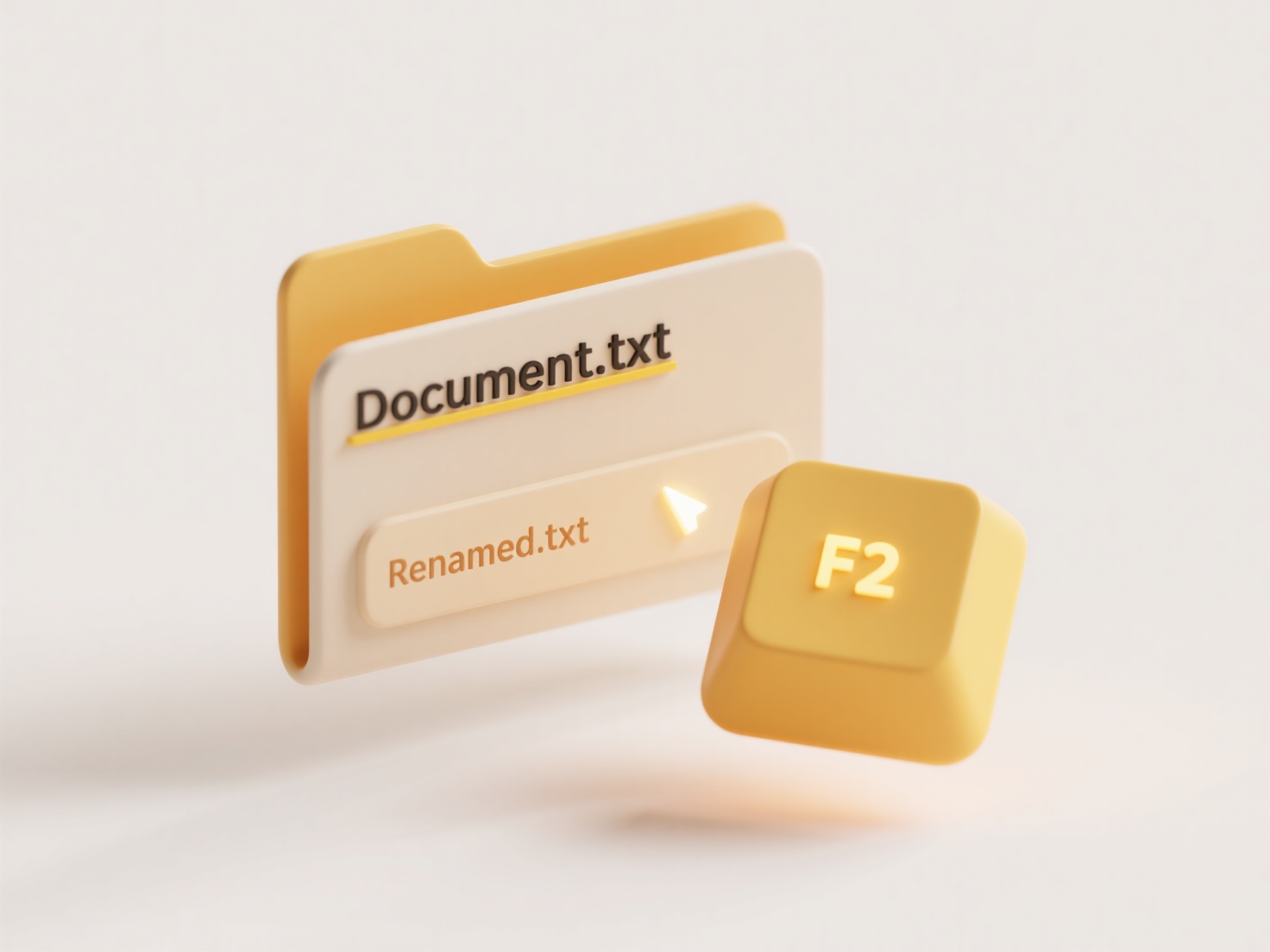
The best way to back up exported files involves creating reliable copies stored separately from the original files. The core principle is redundancy: ensuring multiple copies exist in distinct locations to protect against single points of failure like device crashes, theft, accidental deletion, or localized disasters. A widely recommended strategy is the "3-2-1 backup rule": maintain at least three total copies of your data (one primary + two backups), stored on two different types of media (e.g., local drive, external SSD), with one copy stored offsite.

Common practical implementations include using cloud storage services (like Google Drive, Dropbox, or dedicated backup services such as Backblaze B2) for the offsite copy, which is automatically accessible anywhere. For the second backup, use a physical local device like an external hard drive or USB flash drive kept at your primary location. Automated backup software (e.g., Time Machine for Mac, File History for Windows, or Duplicati for cross-platform) simplifies scheduling these backups to run regularly without manual effort.
This approach offers significant resilience against data loss scenarios. Offsite cloud storage protects against physical threats like fire or theft at your main location, while a local backup provides faster recovery options for common issues like accidental file deletion or hardware failure. Key limitations involve cloud storage dependence on internet connectivity for access/restores and potential subscription costs. For physical drives, risks include damage, loss, or forgetting to perform regular backups. To enhance security further, consider encrypting sensitive exported files before backing them up, especially for cloud storage. Regularly test restoring files to verify your backup integrity.
What’s the best way to back up exported files?
The best way to back up exported files involves creating reliable copies stored separately from the original files. The core principle is redundancy: ensuring multiple copies exist in distinct locations to protect against single points of failure like device crashes, theft, accidental deletion, or localized disasters. A widely recommended strategy is the "3-2-1 backup rule": maintain at least three total copies of your data (one primary + two backups), stored on two different types of media (e.g., local drive, external SSD), with one copy stored offsite.

Common practical implementations include using cloud storage services (like Google Drive, Dropbox, or dedicated backup services such as Backblaze B2) for the offsite copy, which is automatically accessible anywhere. For the second backup, use a physical local device like an external hard drive or USB flash drive kept at your primary location. Automated backup software (e.g., Time Machine for Mac, File History for Windows, or Duplicati for cross-platform) simplifies scheduling these backups to run regularly without manual effort.
This approach offers significant resilience against data loss scenarios. Offsite cloud storage protects against physical threats like fire or theft at your main location, while a local backup provides faster recovery options for common issues like accidental file deletion or hardware failure. Key limitations involve cloud storage dependence on internet connectivity for access/restores and potential subscription costs. For physical drives, risks include damage, loss, or forgetting to perform regular backups. To enhance security further, consider encrypting sensitive exported files before backing them up, especially for cloud storage. Regularly test restoring files to verify your backup integrity.
Quick Article Links
Can I include version numbers in file names?
Including version numbers in file names is a practical approach to tracking document revisions directly through naming c...
How do I change only the file extension for multiple files?
Changing file extensions for multiple files means modifying the part of the filename after the last dot (e.g., .txt, .jp...
How do I balance flexibility with structure in file management?
Balancing flexibility and structure in file management means creating organized systems that still allow individual adap...